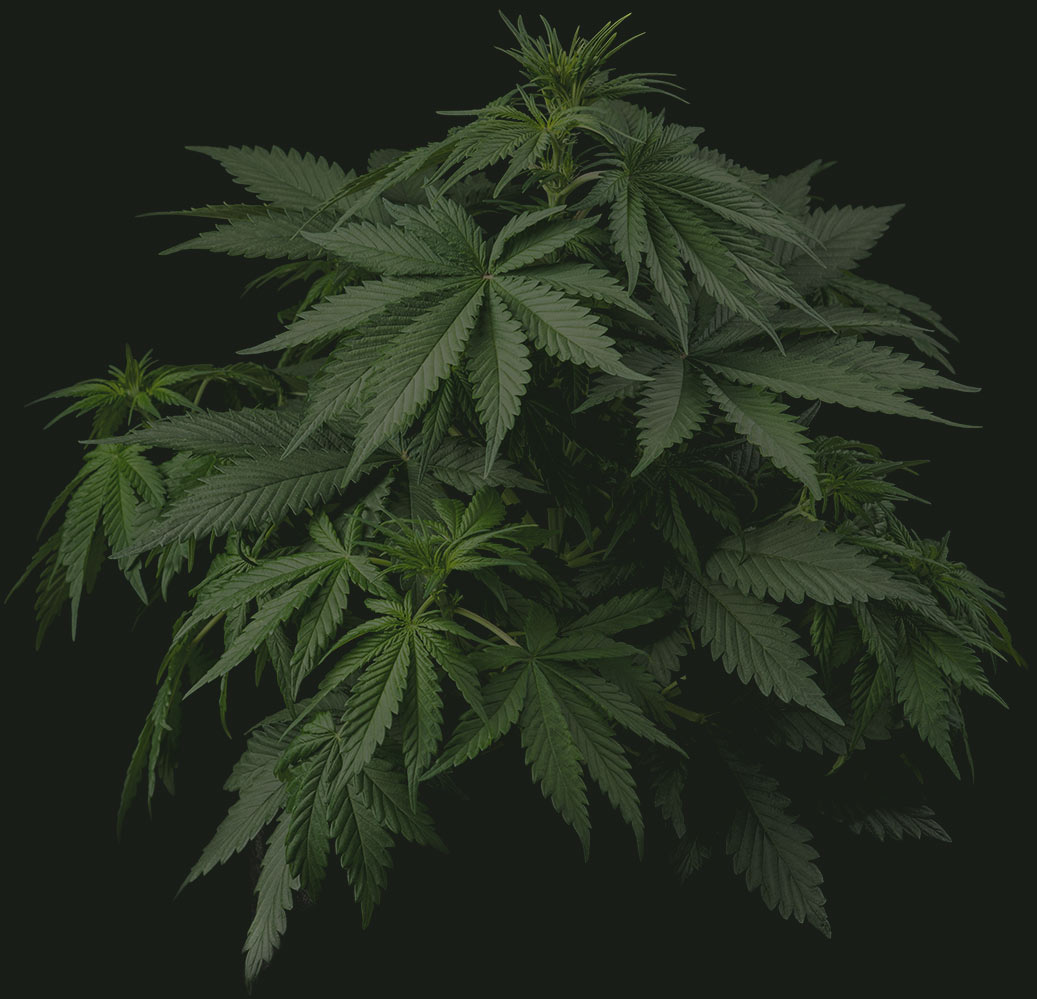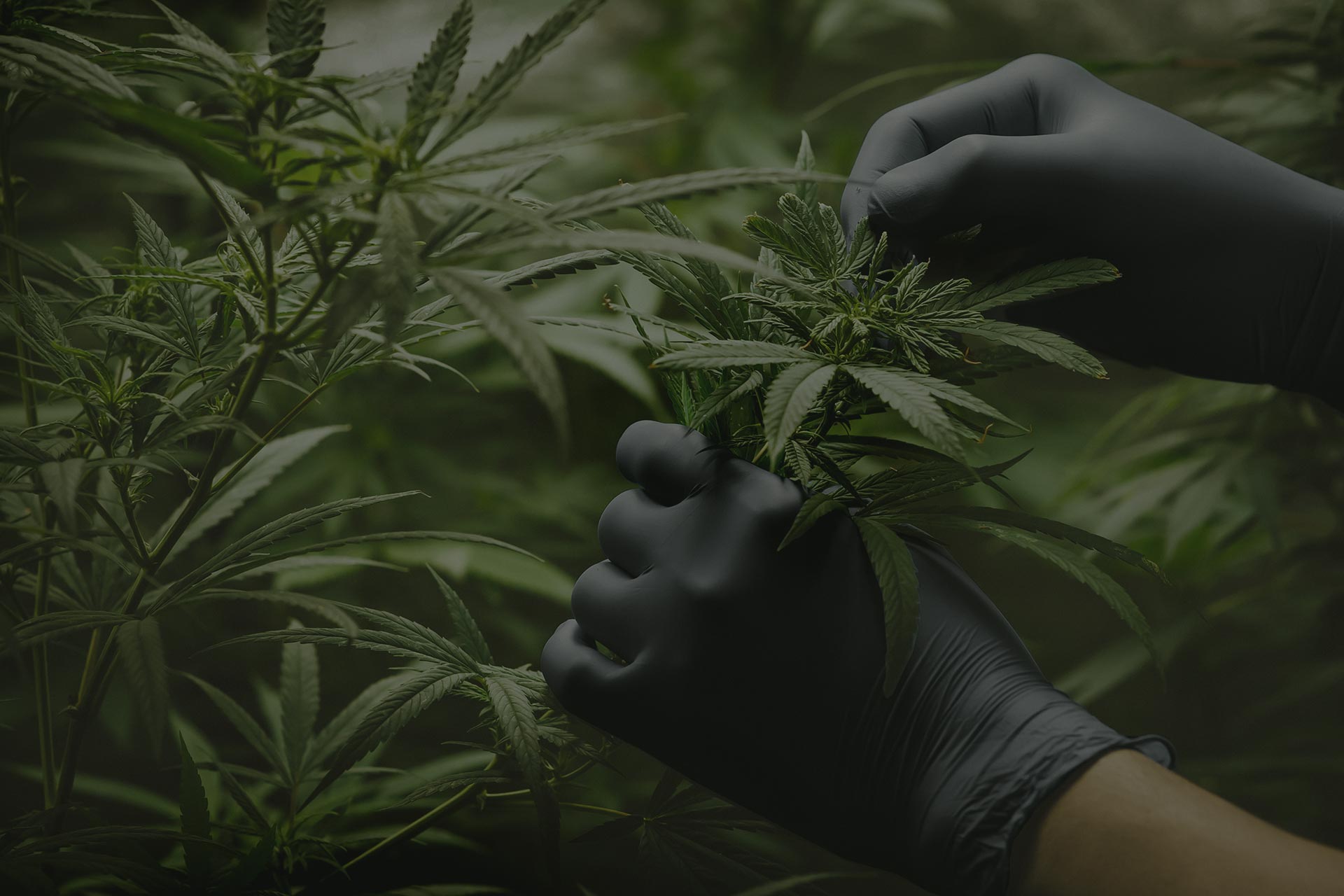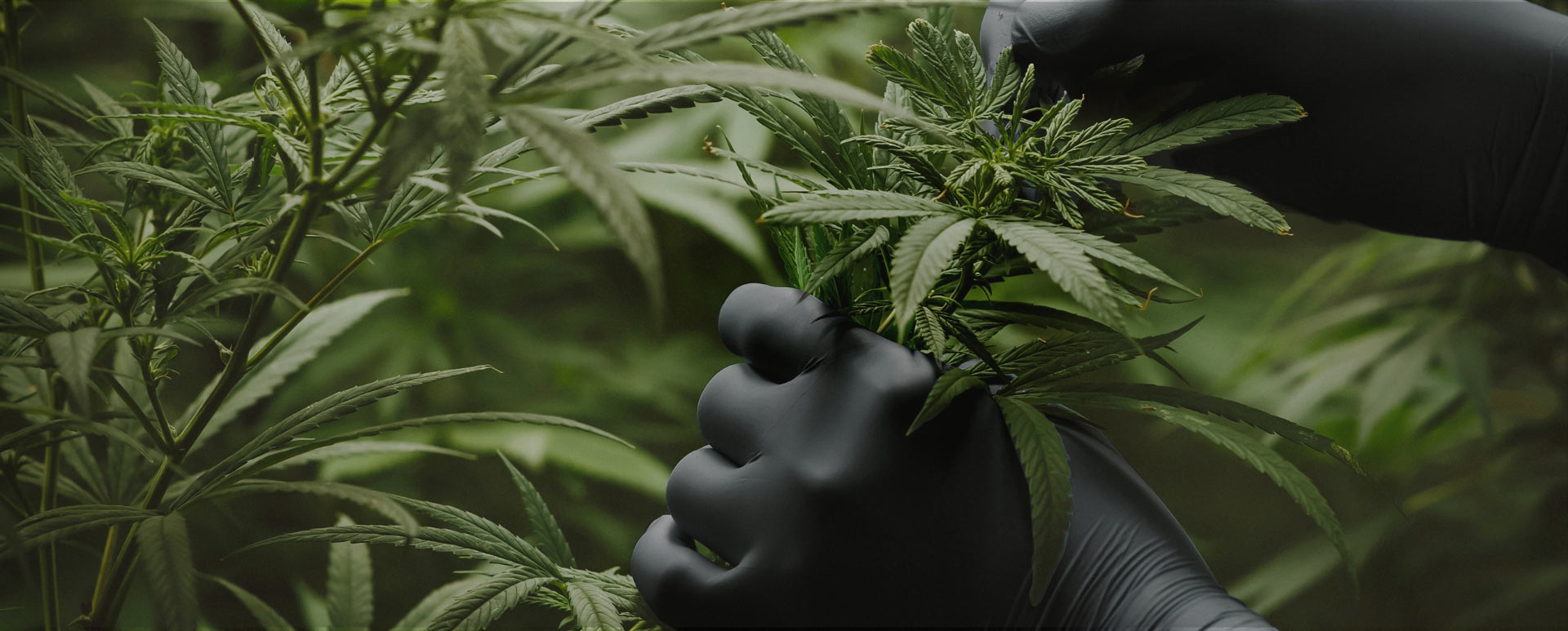
Hemp plant vs. cannabis
Hemp plant vs. cannabis plant: What's the difference? Hemp and cannabis are two terms that are often used interchangeably, but they actually refer to different plants. Both hemp and cannabis come from the same species of plant, Cannabis sativa L., but they have distinct characteristics and uses.
Cannabis is a term that encompasses both marijuana and hemp, while hemp specifically refers to varieties of the Cannabis sativa plant with very low levels of THC (tetrahydrocannabinol), the psychoactive compound found in marijuana. In order for a variety of Cannabis sativa to be classified as hemp, it must contain less than 0.3% THC.
One significant difference between these two plants is their physical appearance. Hemp plants tend to be tall and slender, reaching heights of up to 20 feet, while marijuana plants are shorter and bushier. Additionally, hemp is primarily grown for industrial purposes such as producing paper, textiles, and biofuels, whereas marijuana is cultivated for its recreational or medicinal use.
The reason behind the difference in THC levels between hemp and marijuana lies in their genetics. Hemp plants have been selectively bred over time to contain very low levels of THC, while marijuana plants have been bred for high concentrations of THC. This makes hemp a non-intoxicating plant that can be used in a variety of industries without any psychoactive effects.
However, one compound found in both hemp and marijuana is cannabidiol (CBD). CBD has gained popularity in recent years due to its potential therapeutic benefits.

Hemp plant vs. cannabis
Hemp plant vs. cannabis
Hemp and cannabis are two often confused terms that are used to describe different varieties of the same plant, Cannabis sativa. While they may come from the same species, there are distinct differences between hemp and cannabis in terms of their appearance, cultivation methods, and uses.
Firstly, let’s clarify the term “cannabis.” This plant is a genus of flowering plants that includes three species: Cannabis sativa, Cannabis indica, and Cannabis ruderalis. These plants contain various levels of cannabinoids such as THC (tetrahydrocannabinol) and CBD (cannabidiol), which have different effects on the body.
Hemp is a variety of cannabis that is primarily grown for industrial purposes. It has long been cultivated for its strong fibers, which can be used to make a variety of products such as paper, textiles, and building materials. Hemp plants are typically tall with skinny leaves and are grown in large fields close together.
On the other hand, cannabis is commonly known for its psychoactive effects and use as a recreational drug. It is also cultivated for medicinal purposes due to its high levels of CBD that have been found to have therapeutic benefits. Cannabis plants are shorter and bushier than hemp plants and require more space between each plant for proper growth.
One major difference between hemp and cannabis is their levels of THC. Hemp contains only trace amounts of THC (less than 0.3%), while cannabis can contain much higher levels (up to 30%). This is why hemp does not have psychoactive effects and is not considered a drug, while cannabis can have strong mind-altering properties.
Despite this difference in THC levels, both hemp and cannabis contain high levels of CBD. CBD, or cannabidiol, is a non-psychoactive compound that has been found to have numerous health benefits. It has been used to treat conditions such as chronic pain, epilepsy, anxiety, and more.
Furthermore, hemp and cannabis are both grown for their versatile use in various industries. Hemp fibers can be used to make textiles such as clothing, rope, and paper. Its seeds are also rich in protein and healthy fats, making them popular in the health food industry.
Cannabis plants are primarily cultivated for their flowers (or buds) which contain high levels of THC and CBD. These flowers are used for recreational and medicinal purposes, as well as in the production of oils, edibles, and other products.
It’s important to note that while hemp may not have the mind-altering properties of cannabis, it is still regulated by government agencies due to its close relation to the plant. In fact, in the United States, hemp was classified under the Controlled Substances Act until recently when it was removed from the list of controlled substances with the passing of the 2018 Farm Bill.
This change has opened up opportunities for farmers to legally grow hemp for commercial use and has also led to an increase in availability of CBD products made from hemp. However, regulations on cultivation and production vary by
How to grow your marijuana outdoor?
Here is a step-by-step guide on how to grow marijuana outdoors:
Select a Suitable Location:
- Choose a location that receives plenty of sunlight throughout the day. Marijuana plants thrive in full sun, so pick a spot with at least 6-8 hours of direct sunlight.
- Ensure the area has good air circulation and is not prone to flooding. A slightly elevated spot can prevent waterlogging.
Prepare the Soil:
- Test the soil to ensure it has a pH level between 5.8-6.5, as marijuana prefers slightly acidic to neutral soil.
- Use well-draining soil enriched with organic matter. Compost or well-rotted manure can improve soil structure and nutrient content.
Germinate Seeds or Start with Clones:
- Germinate marijuana seeds indoors before transplanting them outdoors, or start with clones if you have access to them.
Planting:
- Choose the right time to plant, typically in the spring after the last frost has passed.
- Dig holes about 2 feet apart and plant the germinated seeds or clones at the same depth as they were in their containers.
Watering:
- Provide ample water, especially during the initial weeks after planting. However, avoid overwatering, as marijuana plants are susceptible to root rot.
Nutrients:
- Use a balanced fertilizer during the vegetative stage, and switch to a bloom-specific fertilizer once flowering begins. Follow the recommended dosage on the fertilizer packaging.
Training and Pruning:
- Consider training techniques such as topping or low-stress training (LST) to encourage a bushier plant with more bud sites.
- Prune any unnecessary leaves or branches to improve airflow and light penetration.
Pest and Disease Management:
- Keep an eye out for pests like aphids, mites, or caterpillars. Use organic pesticides or neem oil if needed.
- Preventive measures, such as companion planting, can help deter pests.
Harvesting:
- Harvest when the trichomes (resin glands) are at their peak. This is typically indicated by a change in color from clear to cloudy or amber, depending on the desired effect.
Drying and Curing:
- After harvesting, hang the buds in a cool, dark, and well-ventilated space to dry.
- Once dried, cure the buds in airtight jars to enhance flavor and potency.
Always be mindful of local regulations regarding marijuana cultivation, as it may not be legal in all areas. Additionally, be respectful of your neighbors and the community by keeping your cultivation discreet.
One drop of CBD, a world of calm and balance.
Hemp (Cannabis sativa) and cannabis are terms often used to describe different varieties of the same plant species, Cannabis sativa. The main distinction between hemp and cannabis lies in their use, cultivation, and chemical composition, particularly the levels of psychoactive compounds.
Industrial Hemp:
Purpose: Grown primarily for industrial and agricultural purposes.
THC Content: Hemp typically contains very low levels of THC (tetrahydrocannabinol), the psychoactive compound responsible for the “high” associated with marijuana. In many countries, hemp must contain less than 0.3% THC.
CBD Content: Hemp is rich in CBD (cannabidiol), a non-psychoactive compound with potential therapeutic benefits.
Uses: Hemp is used for a variety of products, including textiles, paper, food, biofuels, and CBD extracts. It has industrial applications and is not cultivated for recreational or medicinal drug use.
Cannabis (Marijuana):
Purpose: Grown for medicinal, recreational, or spiritual purposes.
THC Content: Cannabis varieties, commonly known as marijuana, can have higher THC levels, leading to psychoactive effects when consumed.
CBD Content: CBD content can vary in marijuana, and there are strains bred for higher CBD levels with lower THC for medicinal use.
Uses: Cannabis is primarily used for its psychoactive or medicinal effects, depending on the strain and purpose of cultivation.
In summary, hemp and cannabis are two different classifications of the same plant species. Hemp is cultivated for industrial purposes and contains low levels of THC, while cannabis refers to varieties grown for recreational or medicinal use, with higher levels of THC. The legal definitions and distinctions between hemp and cannabis can vary by country and jurisdiction.

Medical marijuana is becoming more popular
While both hemp and cannabis contain compounds called cannabinoids, they have different levels of CBD (cannabidiol) and THC (tetrahydrocannabinol). CBD is a non-intoxicating compound that has been found to have potential therapeutic benefits, while THC is the psychoactive compound responsible for the “high” associated with cannabis use.
Hemp-derived CBD products are legal in many countries and can be purchased without a prescription. These products typically contain less than 0.3% THC and are known for their potential health benefits, such as reducing inflammation, anxiety, and chronic pain. On the other hand, cannabis-derived CBD products may only be legal in regions where recreational or medicinal use of cannabis is legalized.
CBD is commonly available in various forms, such as oils, tinctures, capsules, topicals, and edibles. Each form has its own unique benefits and can be chosen based on personal preferences and desired effects. For example, oils and tinctures are typically taken sublingually (under the tongue) for fast absorption into the bloodstream, while topicals are applied directly to the skin for localized relief.
When shopping for CBD products, it’s important to pay attention to the product’s concentration of CBD. This is usually measured in milligrams (mg) or percentages (%). The higher the concentration, the more potent the product will be. It’s also important to look for third-party lab testing results to ensure that the product contains what it claims.
It’s also helpful to understand the different types of CBD, including full-spectrum, broad-spectrum, and isolate. Full-spectrum CBD contains all of the naturally occurring compounds found in the hemp plant, including cannabinoids, terpenes, and flavonoids. Broad-spectrum CBD is similar but does not contain any THC, making it a good option for those who want to avoid this psychoactive compound.
Isolate CBD is the purest form of CBD as it has been isolated from all other compounds. This type of CBD is typically tasteless and odorless and may be preferred by those who are sensitive to other compounds found in full or broad-spectrum products.
When deciding on which product to choose, it’s important to consider your desired effects. For example
It is time to buy your seeds !

